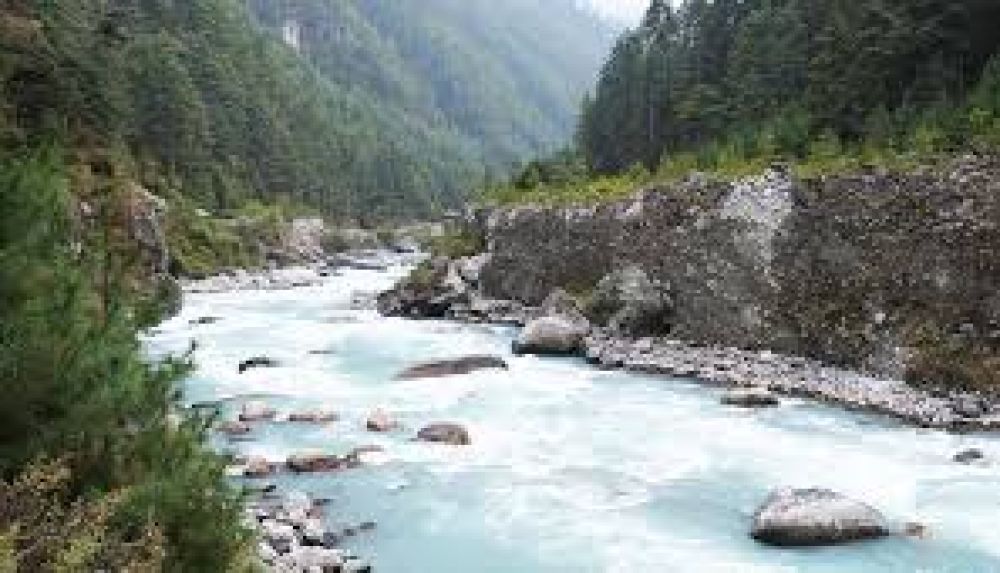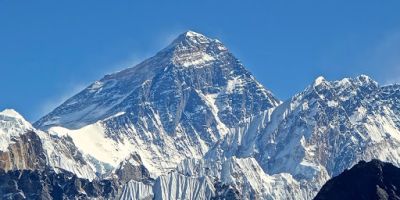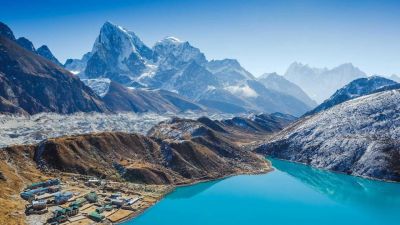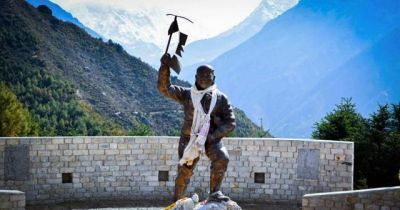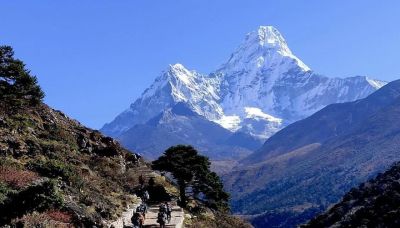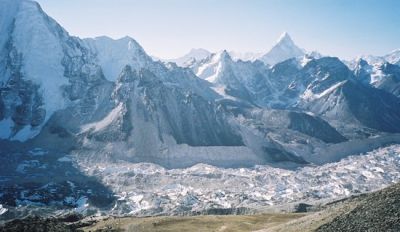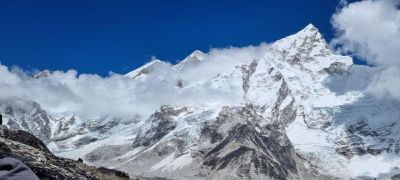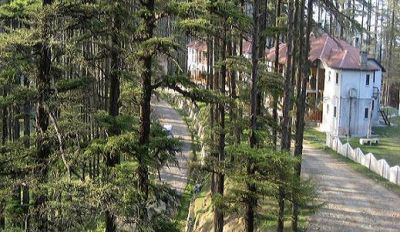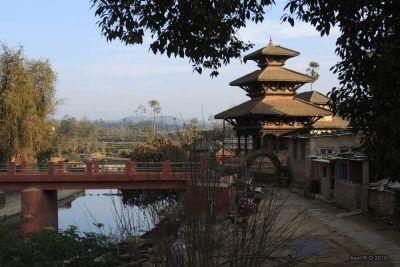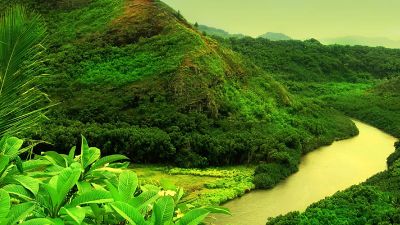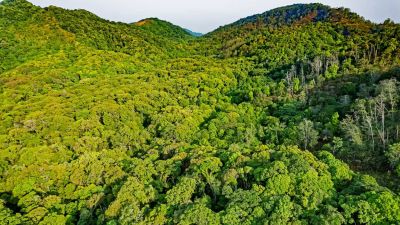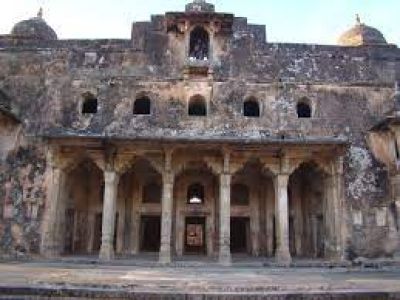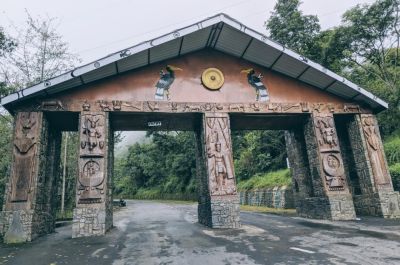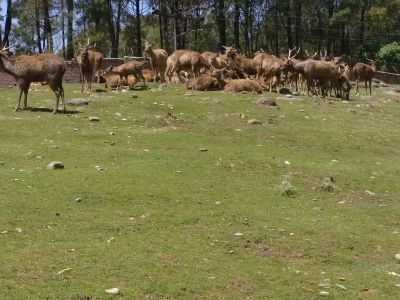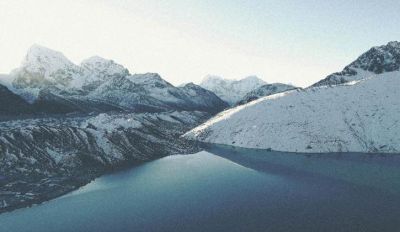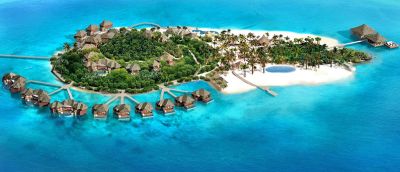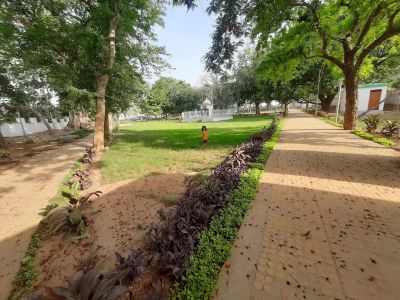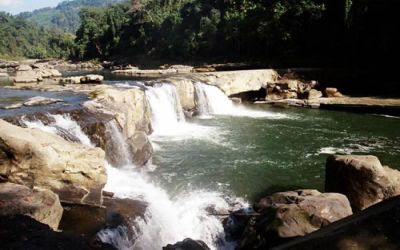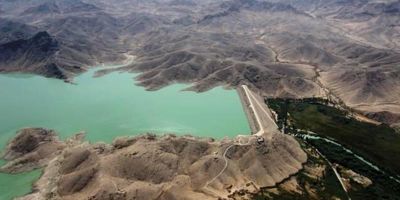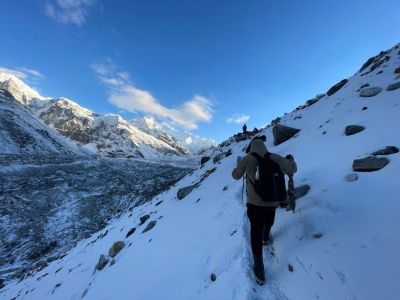Dhudh Kosi River and Sagarmatha National Park: A Jewel of Nepal Tourism
Introduction to the Dhudh Kosi River
The Dhudh Kosi, also known as the Milk River due to its frothy white waters, is one of the most remarkable rivers in Nepal, winding through the breathtaking landscape of the Himalayas. Originating from the Ngozumpa Glacier, the longest glacier in the Himalayas, it serves as an essential water source for the region and a vital component of the local ecosystem.
Embracing the Majesty of Sagarmatha National Park
Sagarmatha National Park, a UNESCO World Heritage Site since 1979, is home to the fabled Mount Everest, locally known as Sagarmatha. The park spans over 1,148 square kilometers and features rugged terrain filled with deep gorges, glaciers, and massive rocks. Its rich biodiversity includes rare species such as the snow leopard and the lesser panda, alongside an array of high-altitude vegetation.
Tourists flock to this area for the ultimate adventure - trekking to the Everest Base Camp. Along their journey, the Dhudh Kosi River accompanies them, providing scenic views and a challenging course for those engaged in river rafting.
History of Tourism in Nepal
The history of tourism in Nepal is relatively young, primarily beginning in the 1950s after the successful ascent of Mount Everest by Sir Edmund Hillary and Tenzing Norgay. This event put Nepal on the map as a premier destination for climbers and adventurers. In the following decades, the Nepalese government embraced tourism, establishing national parks and conservation areas to protect its natural treasures and to cater to the growing interest in Himalayan adventures.
Latest Tourism Trends in Nepal
In recent years, tourism in Nepal has evolved considerably, with a surge in eco-friendly and sustainable travel. Trekkers and visitors are increasingly conscious of their environmental footprint and are seeking ways to experience the Himalayas while preserving its pristine beauty.
Community-based tourism has also gained momentum, with more travelers opting for homestays and local experiences that support the economies of rural villages. Technological advancements have further improved safety and accessibility, enabling more people to explore remote areas of Nepal, such as those surrounding the Dhudh Kosi River and Sagarmatha National Park.
Additionally, the rise of wellness tourism is notable, with visitors combining treks with yoga retreats and meditation sessions in the serene setting of the Himalayas. Nepal has embraced this trend, offering tourists a holistic approach to adventure and self-discovery.
